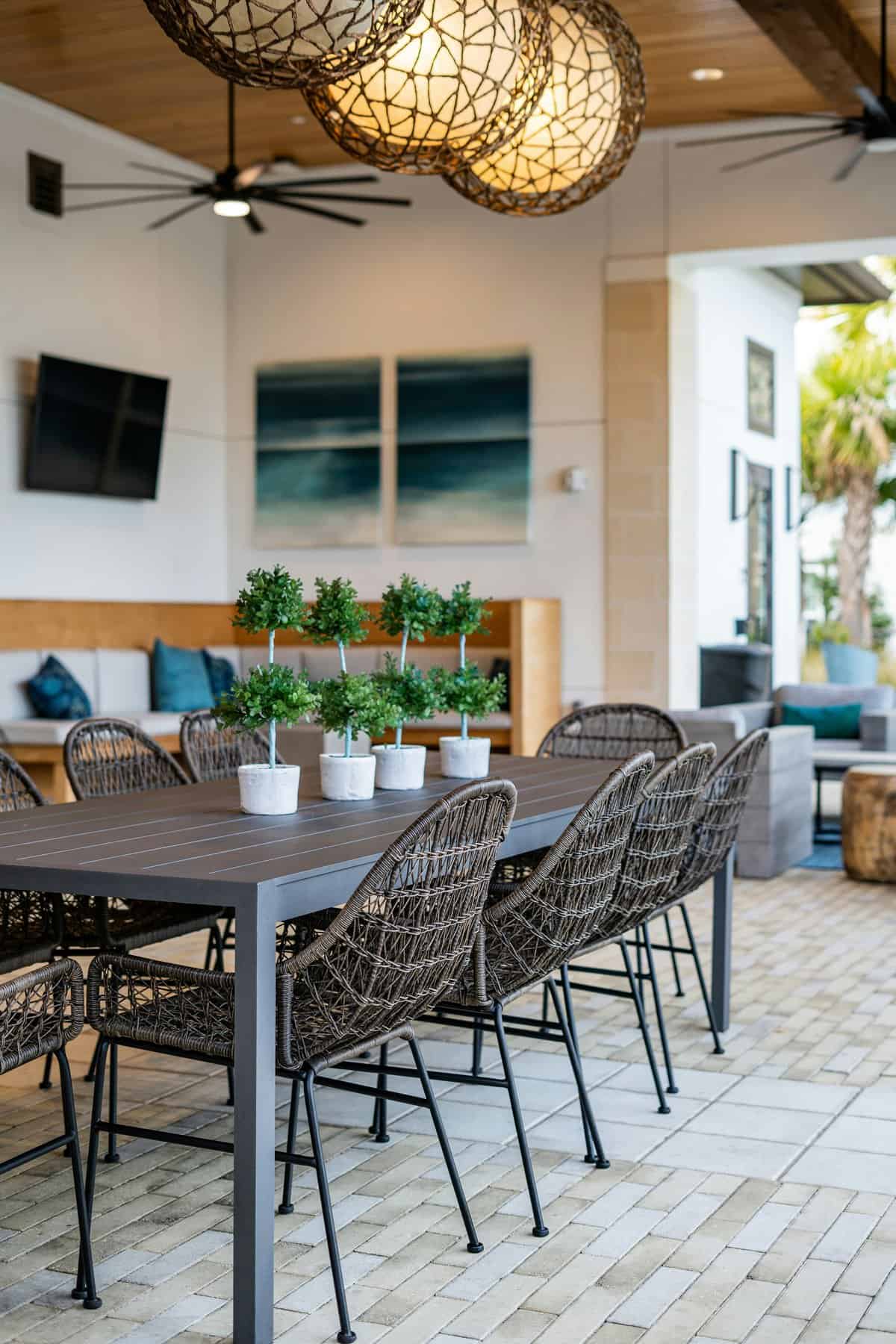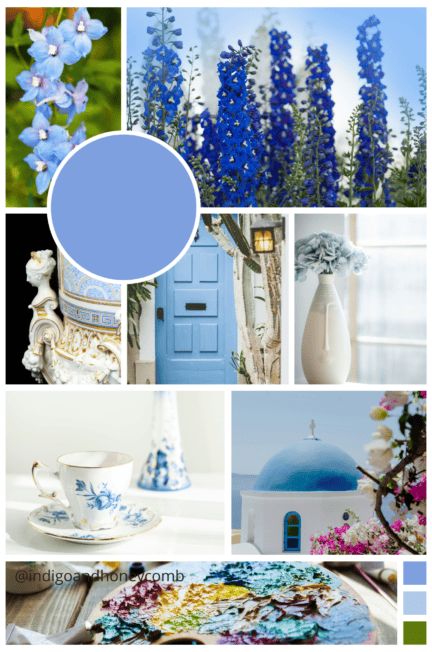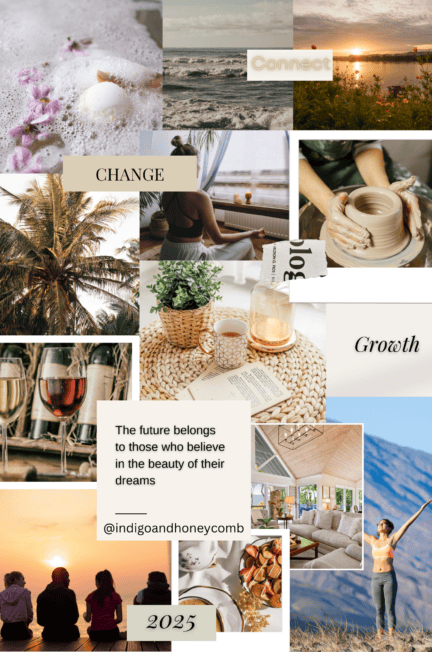In a world where consumerism often reigns supreme, there’s a refreshing trend gaining momentum: decluttering. The act of intentionally simplifying our living spaces and letting go of excess possessions has become more than just a passing fad; it’s a movement towards reclaiming our freedom and finding peace amidst the chaos of modern life. As spring blossoms around us, it’s the perfect season to embark on such a significant undertaking. Personally, I’ve noticed that as the days lengthen, I feel more motivated to initiate the process, aiming to create a lighter, more spacious atmosphere within my living space.
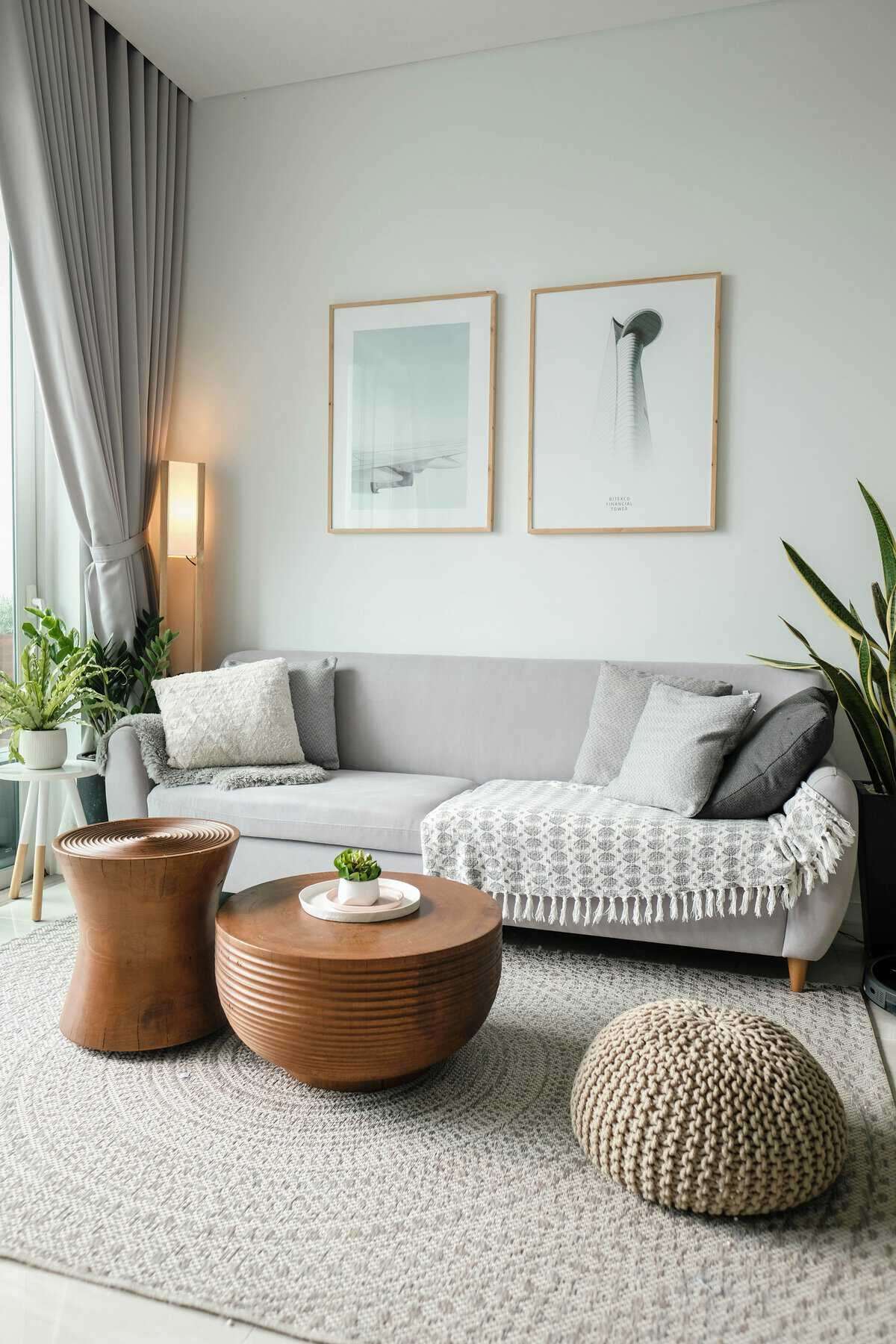
Finding Motivation
At its core, decluttering is about more than just tidying up. It’s a deliberate choice to prioritize what truly matters and let go of the rest. Whether inspired by Marie Kondo’s “spark joy” method or the minimalist movement, people are recognizing the benefits of living with less. Looking for some extra motivation? Look no further than YouTube, where you can find a plethora of vlog content dedicated to home updates and decluttering. Channels like ‘Danni ReArranged,’ ‘Space Maker Method,’ and ‘The Carla Project‘ never fail to spark ideas on creating more space in my own home.
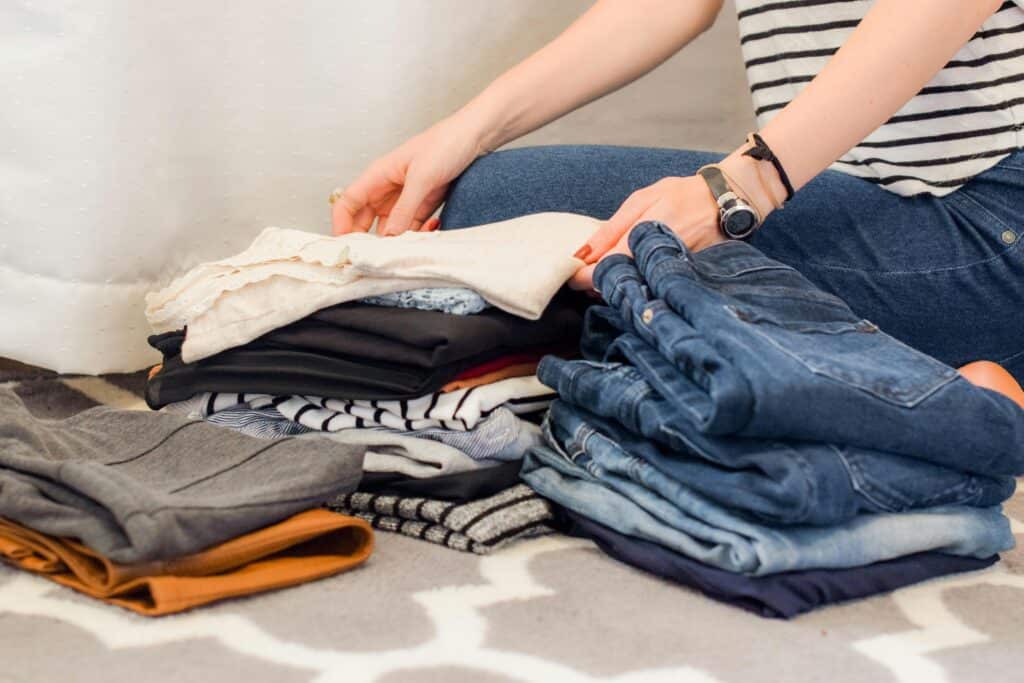
A Sense of Liberation
One of the most profound aspects of decluttering is the sense of liberation it brings. As we pare down our belongings, we shed the weight of material possessions that often hold us back. It’s a process of unburdening ourselves from the constant need to accumulate more and instead finding contentment in simplicity.
As we navigate through the middle stages of life, often accompanied by an accumulation of possessions, it becomes increasingly apparent that dedicating our time to making memories rather than accumulating more belongings is where true fulfillment lies. Therefore, undertaking a project of this magnitude aligns perfectly with our evolving priorities.
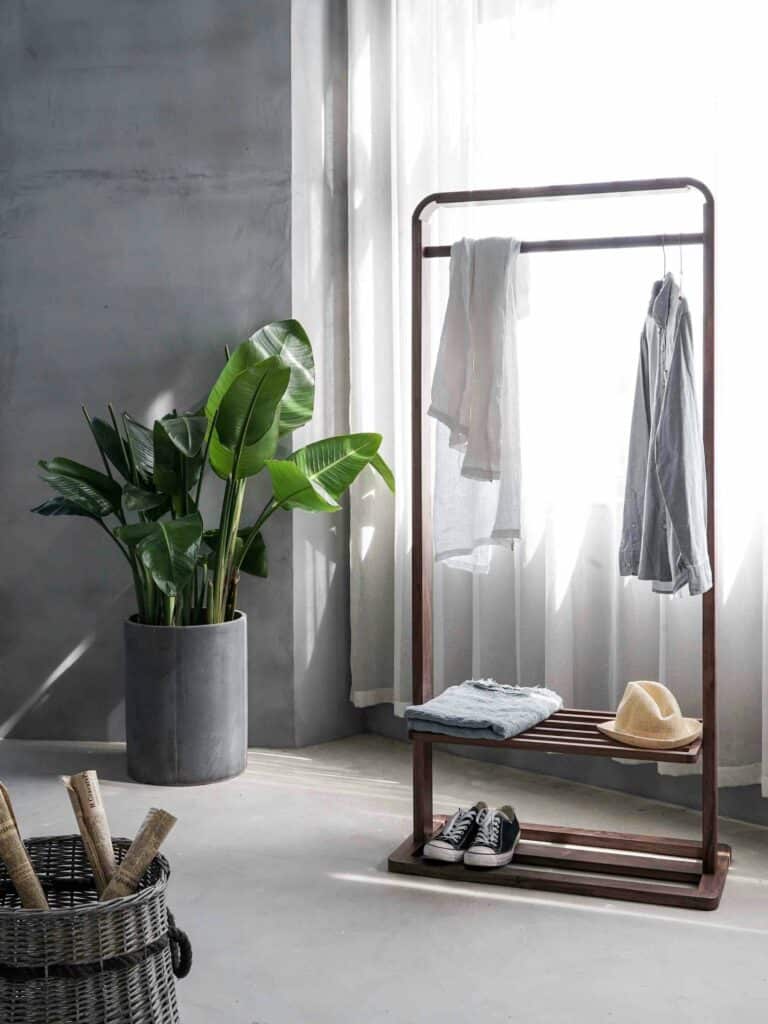
Moreover, decluttering isn’t just about physical possessions; it extends to our mental and emotional well-being as well. Studies have shown that clutter can contribute to feelings of stress and anxiety. According to a study published in the Journal of Environmental Psychology, researchers found that “among adults, home environments that are characterized by high levels of clutter are linked to increased levels of psychological distress and depressive symptoms” (Strohmeier et al., 2020).
The Journey and Transformation
The journey of decluttering is deeply personal and can be transformative. It prompts us to reevaluate our relationship with materialism and question what truly brings us happiness. We begin to shift our focus from acquiring things to cherishing experiences and relationships.
But decluttering isn’t always easy. It requires us to confront our attachment to belongings and let go of items that hold sentimental value or represent aspirations unrealized. Yet, in the process of releasing the unnecessary, we open ourselves up to new possibilities and opportunities.
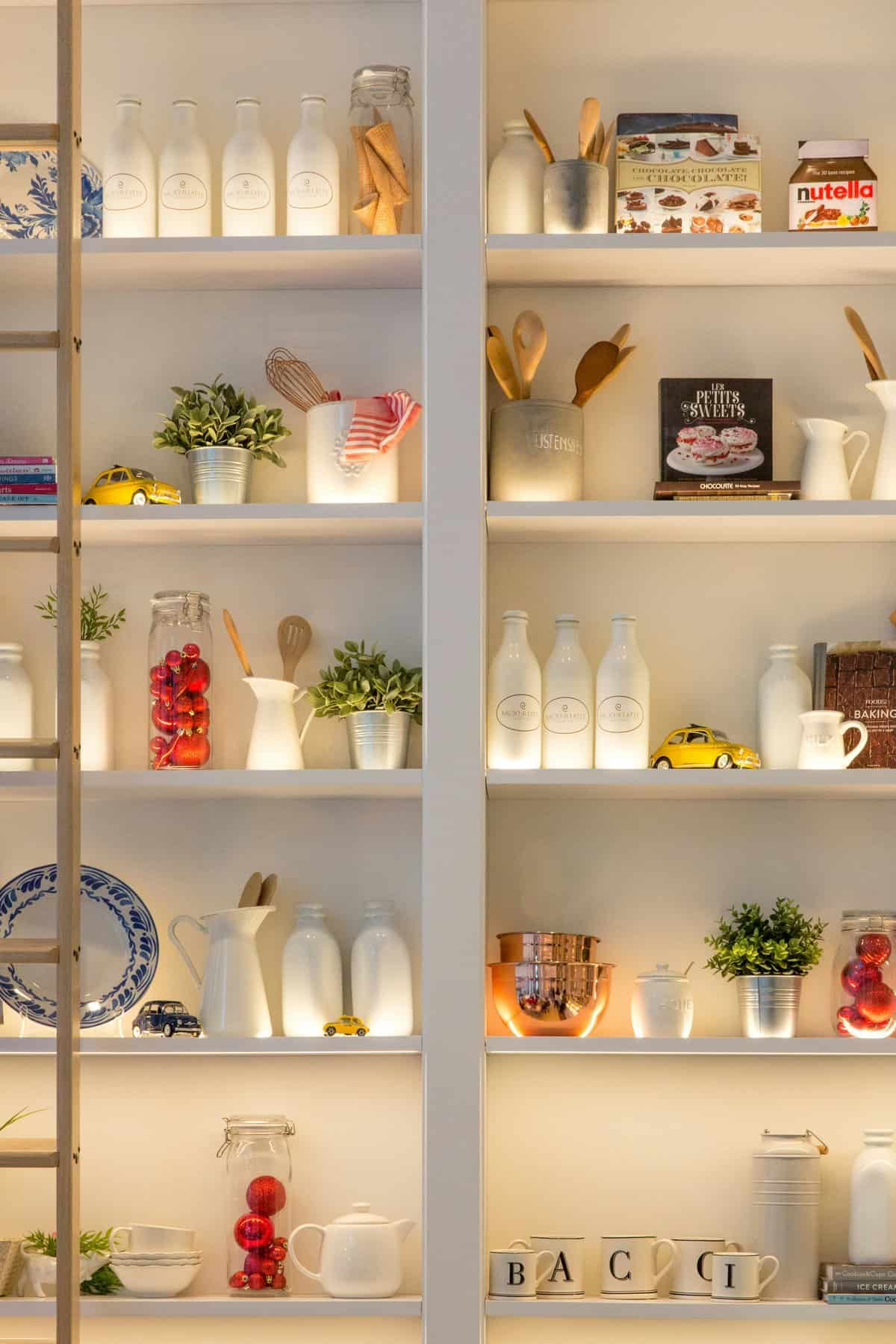
Practicing gratitude is a key component of decluttering. Instead of fixating on what we lack, we learn to appreciate what we already have. This shift in perspective fosters a sense of abundance and fulfillment that transcends material possessions.
As we embrace the trend of decluttering, let’s remember that it’s not just about creating Instagram-worthy minimalist interiors. It’s about embracing a lifestyle that prioritizes intentionality and mindfulness. It’s about reclaiming our freedom from the constant pursuit of more and finding joy in the simplicity of life.
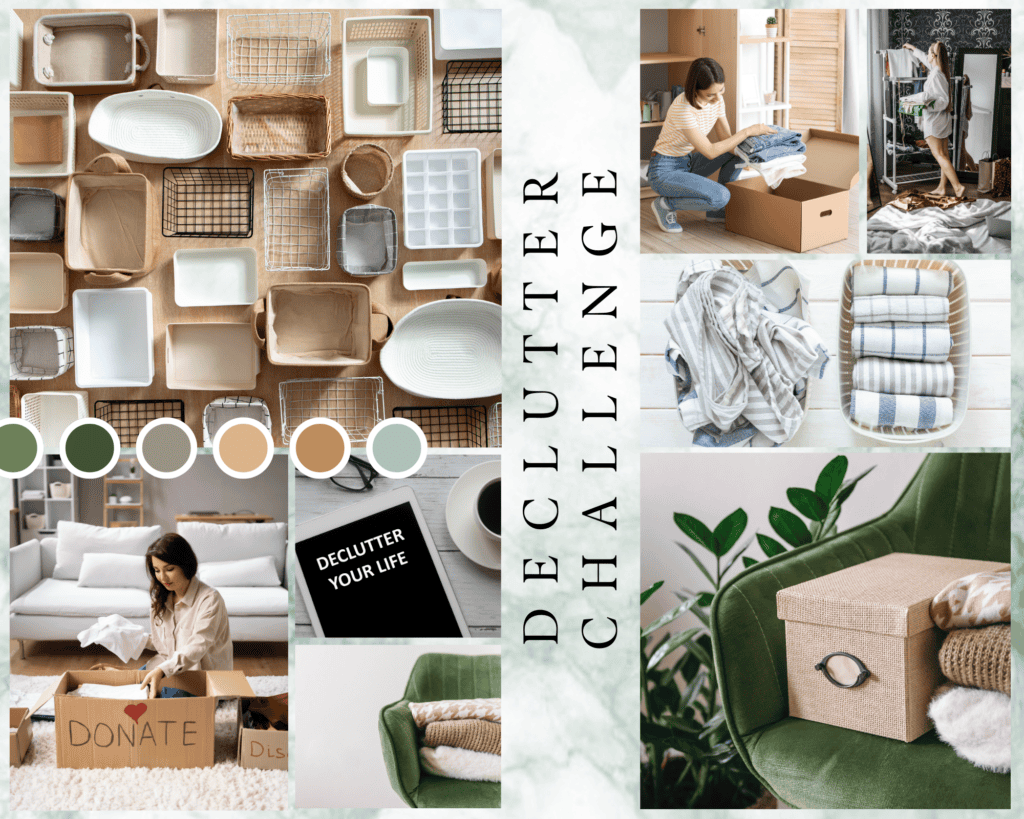
Practical Tips to Begin the Decluttering Journey
To kickstart your decluttering journey, here are ten practical tips to get you started:
- Set Clear Goals: Define what you want to achieve with decluttering. Whether it’s creating more space, reducing stress, or improving organization, having clear goals will keep you focused.
- Start Small: Begin with one area at a time, such as a drawer, closet, or countertop. Breaking down the process into smaller tasks makes it less overwhelming and more manageable.
- Follow the 80/20 Rule: Utilize the 80/20 rule, also known as the Pareto Principle, which suggests that we typically use 20% of our belongings 80% of the time. Identify the items you use regularly and prioritize them over less frequently used ones.
- Declutter by Category, Not Location: Instead of decluttering room by room, tackle items by category (e.g., clothes, books, kitchenware). This approach allows you to see the full extent of your belongings and makes decision-making easier.
- Use the KonMari Method: Consider implementing Marie Kondo’s KonMari method, which involves keeping only items that “spark joy.” Hold each item in your hands and ask yourself if it brings you joy. If not, thank it for its service and let it go.
- Donate or Sell Unwanted Items: Instead of throwing away usable items, consider donating them to charity or selling them online. Knowing that your belongings will find a new home can make parting with them easier.
- Set Limits: Establish limits for certain categories of items, such as clothes or books. For example, decide to keep only a certain number of books that fit on your bookshelf or limit your wardrobe to a specific number of clothing items.
- Create a Sorting System: Use boxes or bins labeled “keep,” “donate,” “sell,” and “trash” to sort through your belongings. This system helps streamline the decluttering process and keeps you organized.
- Be Ruthless with Sentimental Items: Sentimental items can be the hardest to let go of. Consider taking photos of sentimental items before parting with them to preserve memories without cluttering your space.
- Develop New Habits: Once you’ve decluttered your space, focus on maintaining it by developing new habits. Designate specific places for items, adopt a “one in, one out” rule for new purchases, and schedule regular decluttering sessions to prevent clutter from accumulating again.
Final Thoughts
So, if you’re feeling overwhelmed by clutter and yearning for a sense of liberation, consider embarking on your own decluttering journey. Start small, tackle one area at a time, and be gentle with yourself along the way. Remember, the true reward lies not in the possessions we accumulate but in the freedom we gain by letting go. Looking for more spring inspiration? Read on for spring outdoor decor inspiration.
References:
Strohmeier, C., Rosenkranz, T., & Maier, G. W. (2020). Linking clutter and depression: The mediating role of psychological distress. Journal of Environmental Psychology, 70, 101444.

